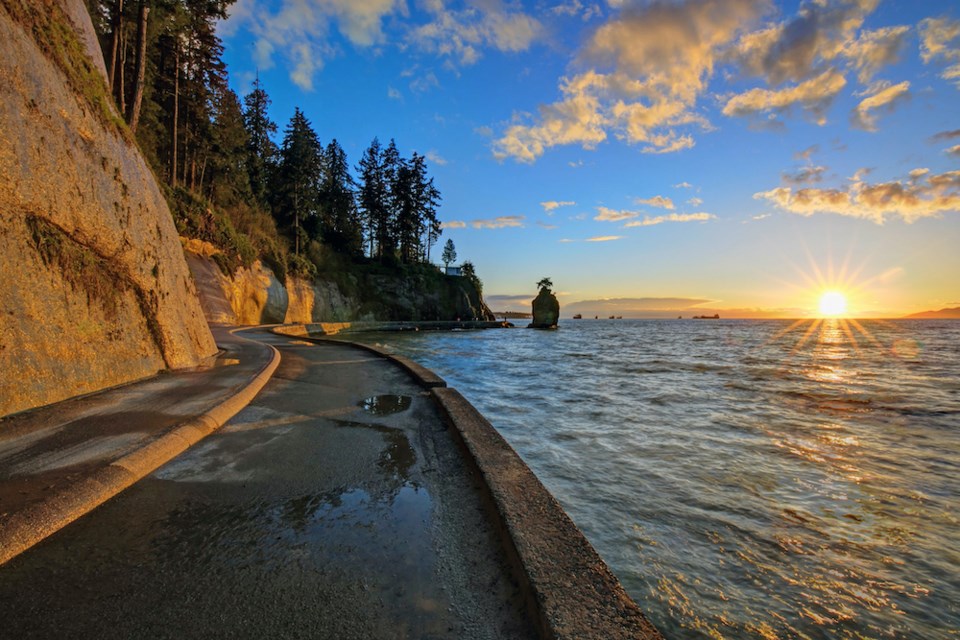Following the rainiest fall ever in Vancouver it's maybe not a big surprise the winter was drier.
With the end of February came the end of meteorological winter. And while that end was a damp one, that was not the overarching theme this winter, says meteorologist Derek Lee.
"We're at about 60 per cent of our average that we'd expect," he says, noting normally we see about 100 mm of rain, but only got around 60 mm. "La Niña favours colder, drier weather."
The fact Vancouver hit 60 per cent of its normal precipitation nearly didn't happen; two-thirds of that fell as rain in the last three days of the month.
While February was significantly drier than usual, December and January helped make it a dry winter as well. December only saw 70 per cent of its usual precipitation, and January was the wet month with 85 per cent of normal.
Most of that came as rain in February but on the 24th more than 2 cm of snowfall fell. That's unusual but not statistically strange (in 1916 38 cm fell on Feb. 1, for example).
The winter overall was cooler, but February didn't make much of a dent; it averaged 4.5 C while the normal is 5 C. Lee notes that on Feb. 23, during a late-month cold snap a station in Vancouver did hit -5.2 C, which is pretty unusual for that time of year. That was during a cold stretch at the end of the month which really pulled down the overall average thanks to some modified arctic air after a warm start to the month.
December was the month that really dropped the winter average down, Lee says, as it averaged 1 C, compared to the normal of 3.5 C. The Christmas cold snap was influential there, with temperatures dropping as low as -15 C on Dec. 27.
January rebounded with average temperatures.
Part of the reason for a cooler, drier is the La Nina weather pattern we're in right now.
"The La Niña trend will normally bring cooler temperatures, but there's no consensus on the precipitation for the west coast," Lee says. "La Niña is expected to last into the spring season."



